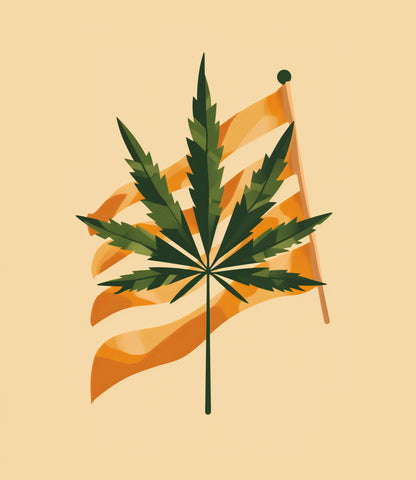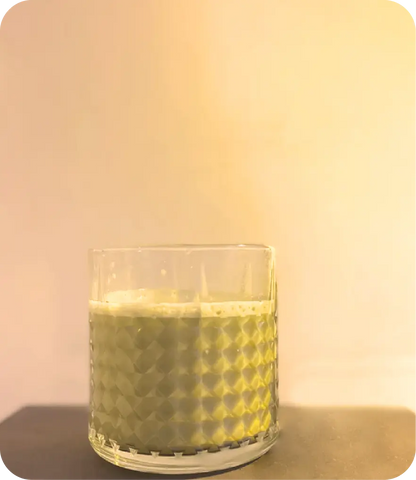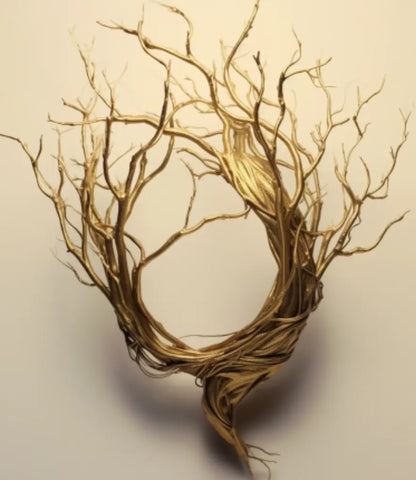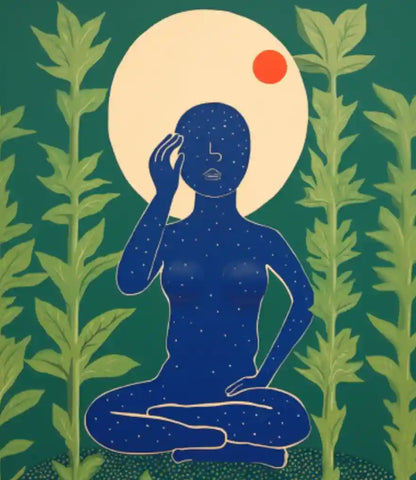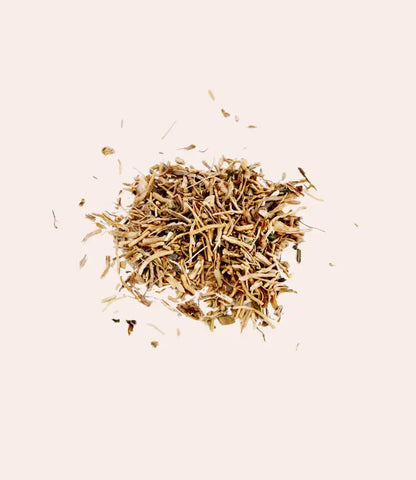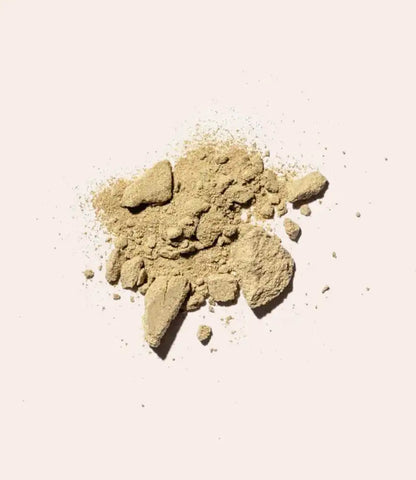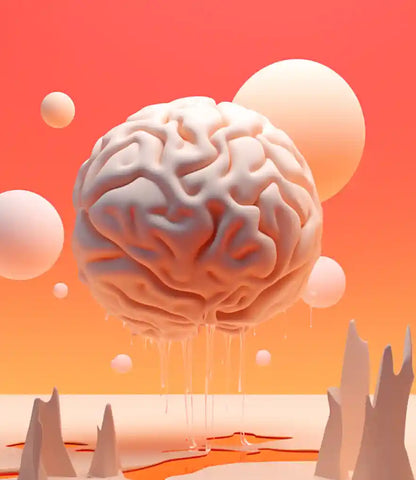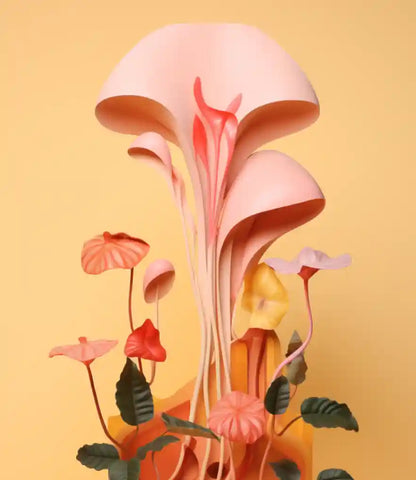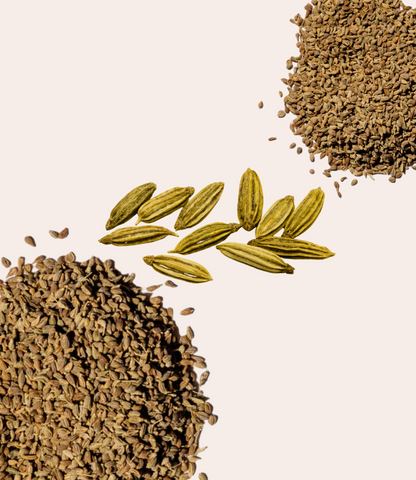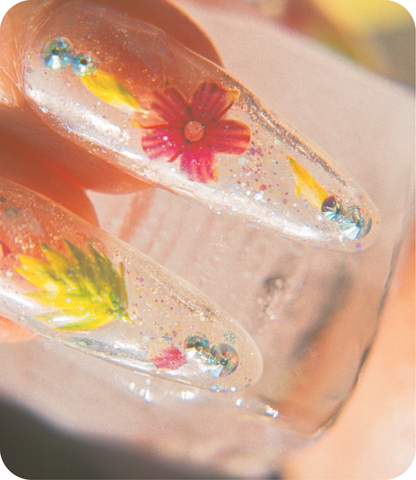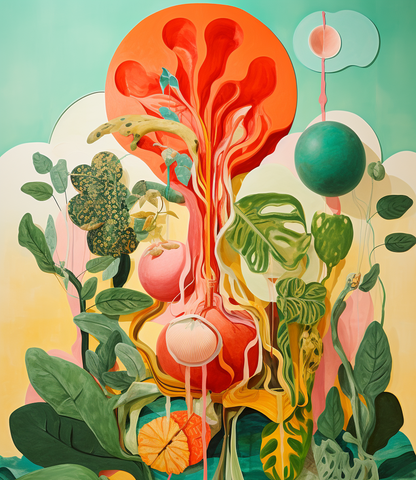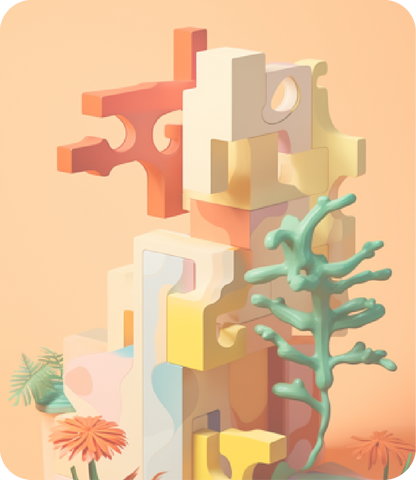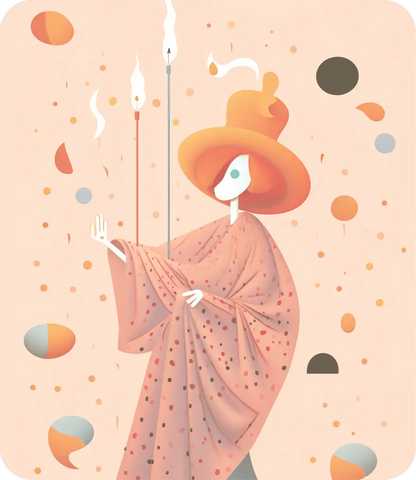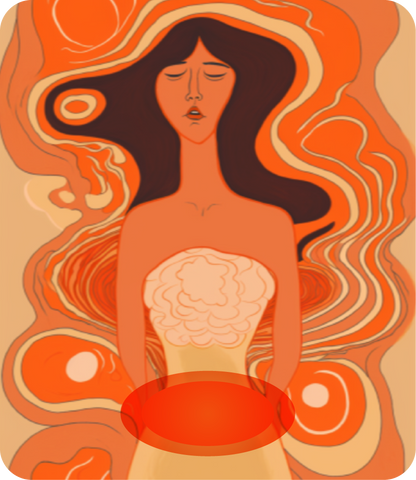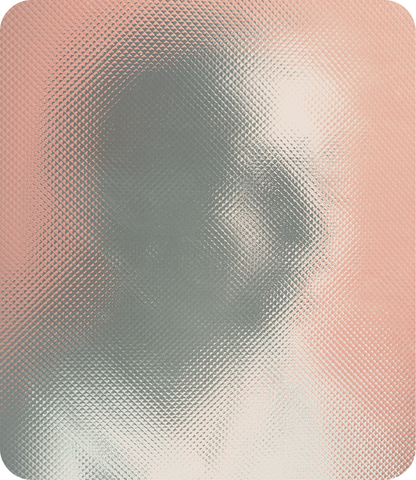
The Science Behind Vaginal Orgasms
Cumming, climaxing, getting off, the big O. Whatever you call it, orgasms are often central to sexual pleasure—but do we really know what they are? An orgasm can be defined as the peak of sexual excitement—a powerful feeling of physical pleasure and sensation, where the body releases tension, and the perineal muscles, anal sphincter, and reproductive organs rhythmically contract. Orgasms release endorphins, known as feel-good hormones, which may make people feel sleepy, relaxed, or happy afterwards. (1)
There are endless erogenous zones that can bring you to that gasping finish, but there’s one that has been a cultural touchpoint for a long time, for better or for worse, because of its close ties with reproduction: Vaginal orgasms.
Achieving orgasm via vaginal stimulation may require mixing up your sex life in a few ways, such as by using lubrication, trying new positions, and maximizing your sexual arousal.
For people with vaginas, having an orgasm from straight up penetration is much less guaranteed than for people with penises. 81.6% of women don’t orgasm from intercourse alone (without additional clit stimulation). Only 18.4% of women report that intercourse alone is sufficient to orgasm. (2) We’re using binary terms like “men” and “women” here because that’s how these groups were categorized in these studies. More accurate terminology, referring to actually anatomy, is used when possible, but you’ll see slippery language used throughout this discussion. While science sometimes reduces our bodies to outdated or arbritrary categories, these studies can still be helpful in understanding the titillating biology that goes down during our most pleasurable moments.
Related to: Shatavari Root
The Circular Model
So what really happens during an orgasm? Let’s talk about that.
During arousal, blood flow to the genitals increases, causing them to become more sensitive. As arousal increases, a person’s heart rate, blood pressure, and breathing rate may also increase. As orgasm approaches, the muscles may twitch or spasm. Many people with vaginas experience rhythmic muscle spasms in the vagina during an orgasm.
Several researchers have proposed that sexual response follows specific cycles, though their theories about these stages differ. The human sexual response cycle refers to the structured series of changes the body goes through physically, psychologically, and emotionally when becoming aroused and engaging in sexual activity. Dr. Rosemary Basson, a Clinical Professor the Director of the UBC Sexual Medicine Program, has focused on alternative evidence-based conceptualization of human sexual response with a primary focus on women’s sexual response.
Basson proposed a “circular” model for human sexual response which is based on desire as a response to sexual stimuli, creating arousal and the desire to continue the said arousal. Nonsexual stimuli can also produce desire and arousal, with intimacy, love, and other emotional and relational factors becoming the impetus for them. The circular model resists defining sexual response as an either-or dichotomy between the physical and the psychological. Instead, it begins with the individual in a state of sexual neutrality, who then may seek or respond to sexual stimuli and thus activate sexual arousal and desire. This pattern can feed into itself from different stages—that is, desire can increase arousal or, just as likely, increase seeking of sexual stimuli, which further increases desire and arousal. The final aspect of the circular model is its focal point—psychological and physical satisfaction leading to emotional intimacy. (3)
Gathering from Basson’s theory, and several others—most sexual response cycles include:
- excitement (arousal builds)
- plateau (arousal increases and levels off)
- orgasm (intense feelings of pleasure)
- resolution (arousal diminishes)
Related to: solo hemp unwind
The Neuroscientific Model
On a neurological level, the orgasm cycle can be observed when the lateral orbitofrontal cortex becomes less active during sex and/or stimulation. This is the part of the brain that is responsible for reason, decision making, and value judgments. The deactivation of this part of the brain is also associated with decreases in fear and anxiety—that’s why we feel more emboldened and less inhibited during sex. Multiple spatially remote parts of your brain are involved in having an orgasm; genital sensory cortex, motor areas, hypothalamus, thalamus, and substantia nigra all light up during climax. The thalamus helps integrate information about touch, movement, and any sexual memories or fantasies that someone might call upon to help them reach orgasm. Meanwhile, the hypothalamus is busy producing oxytocin and may help coordinate arousal.
Finishing Off
People with vaginas have described clitoral orgasms as more localized and external, and vaginal orgasms as being internal and whole-body experience. There are many different ways people can experience that—where they feel it, what they feel, what they feel about it. Even beyond the scope of physical stimulation are people who can have an orgasm without being touched at all. Taking into consideration the anatomy and needs of a body, along with the theories of stimulation, maybe there's not a distinct vaginal orgasm, there's not a singular clitoral orgasm, but there's physiologically just one orgasm response. A culmination of physical and psychological feedback loops, culminating in one—or multiple—Big O.
Related to: Both Sides, Now: Bi Visibility + Cannabis Culture
Sources
1.-Litner, J. (2022, December 23). Everything you need to know about orgasms. Medical News Today. https://www.medicalnewstoday.com/articles/23231
2.-Herbenick D, Fu TJ, Arter J, Sanders SA, Dodge B. Women's Experiences With Genital Touching, Sexual Pleasure, and Orgasm: Results From a U.S. Probability Sample of Women Ages 18 to 94. J Sex Marital Ther. 2018 Feb 17;44(2):201-212. doi: 10.1080/0092623X.2017.1346530. Epub 2017 Aug 9. PMID: 28678639.
3.-Rowland, David and Gutierrez, Brittany R., "Phases of the Sexual Response Cycle" (2017). Psychology Faculty Publications. 62. https://scholar.valpo.edu/psych_fac_pub/62



